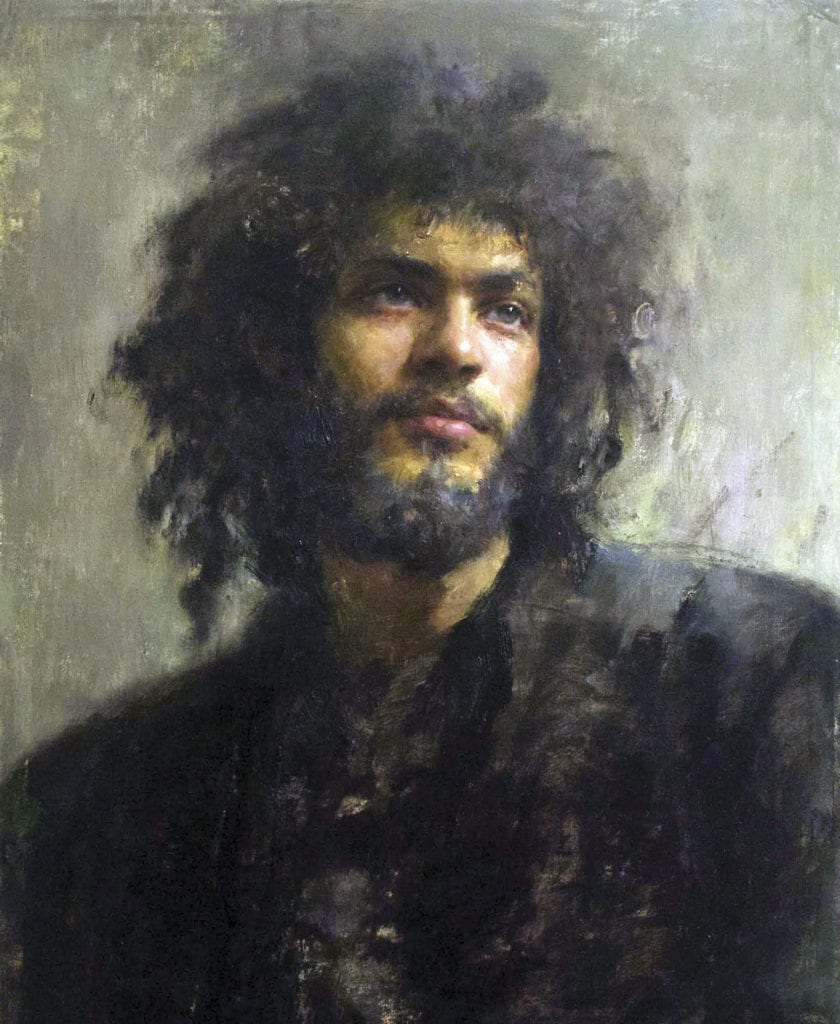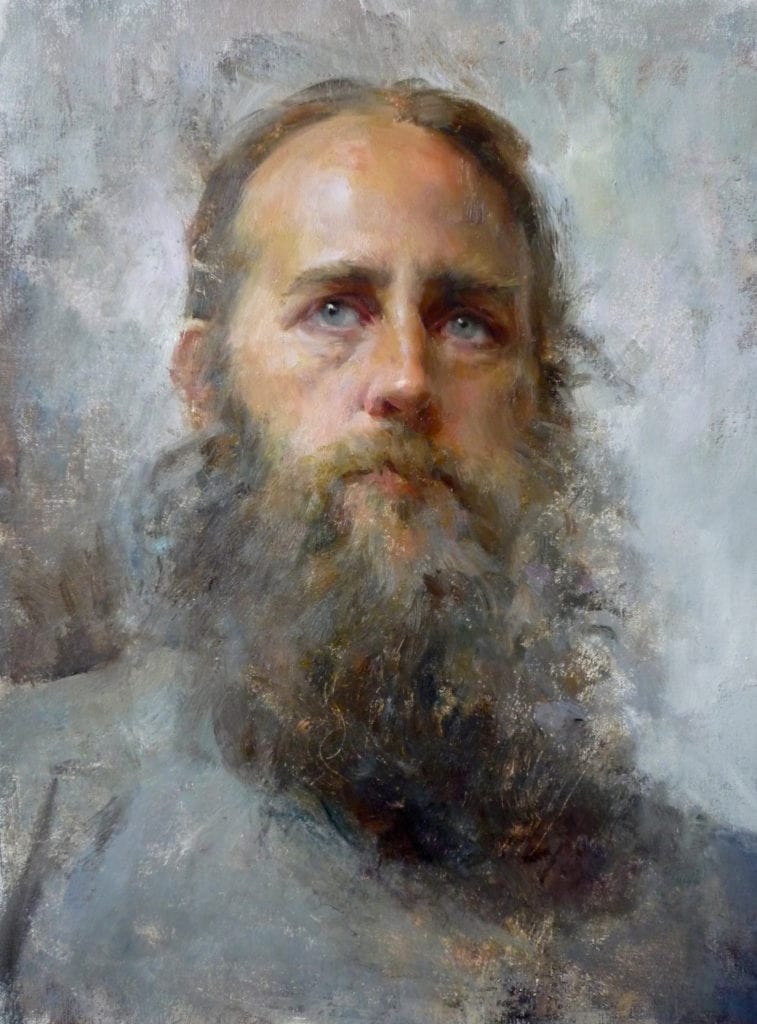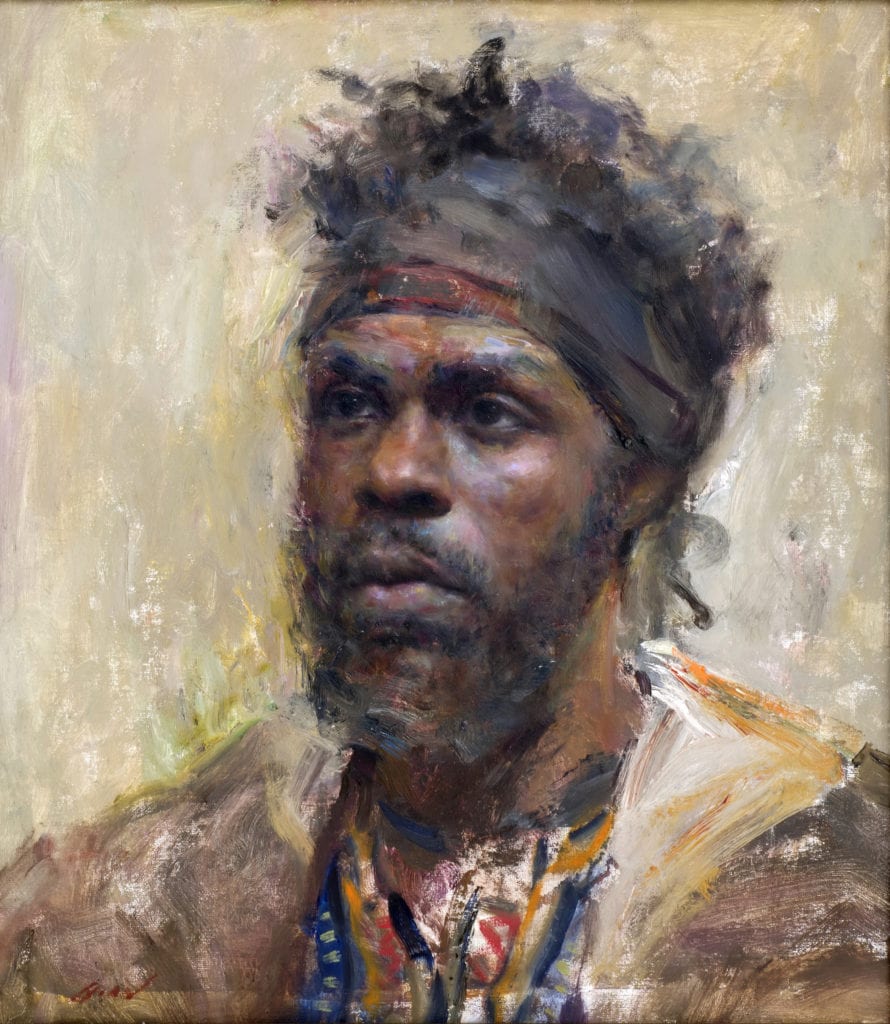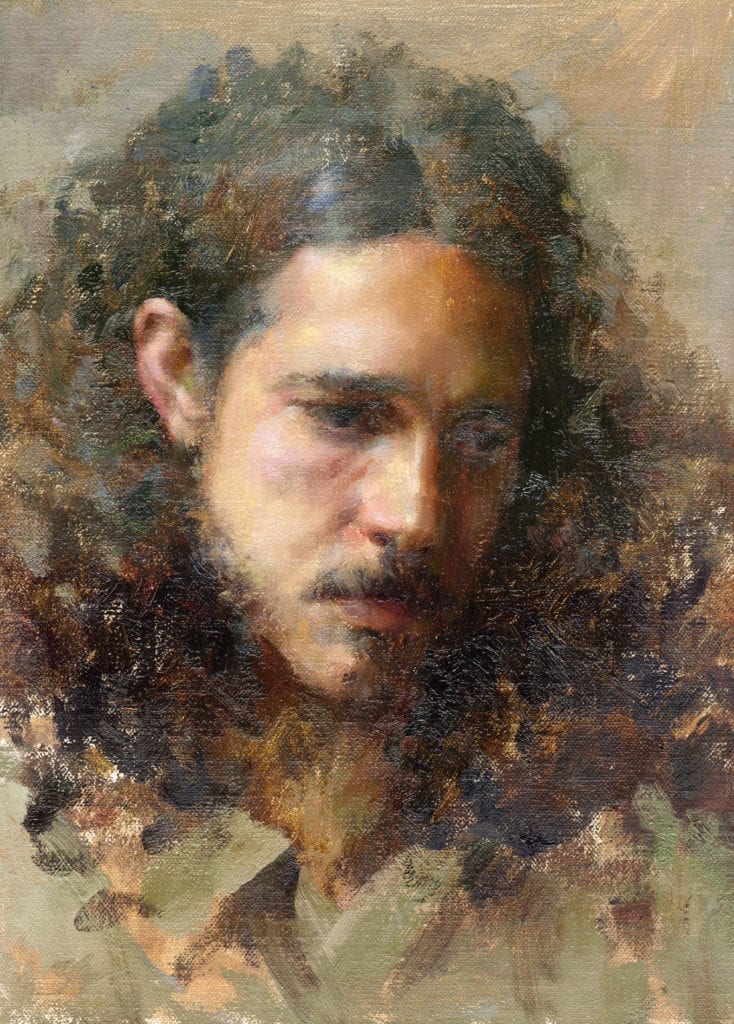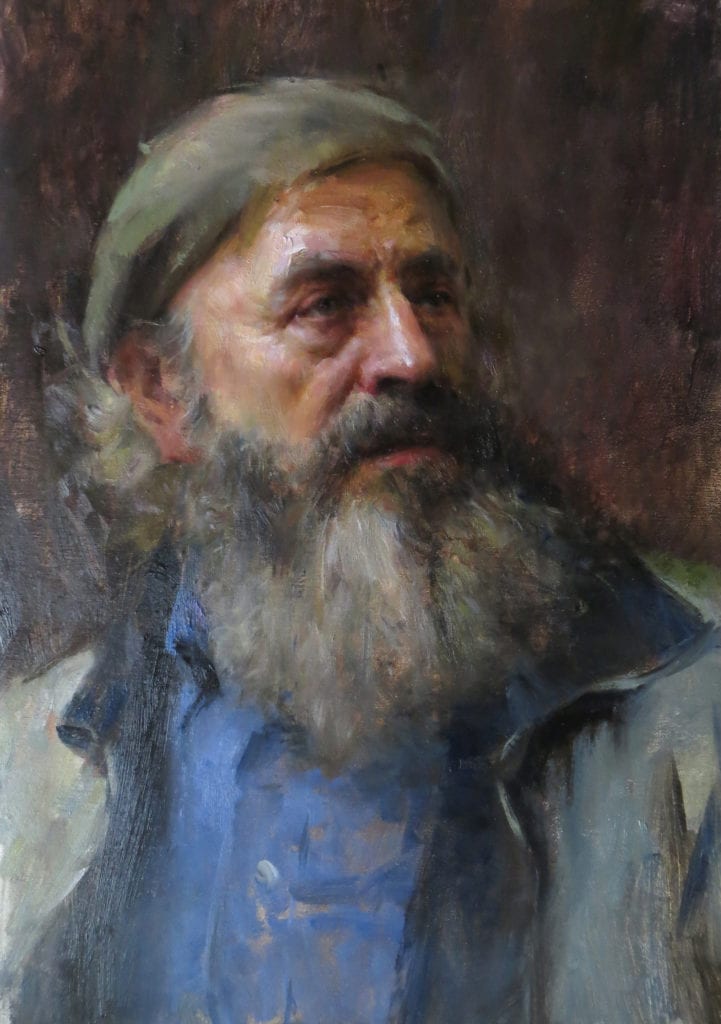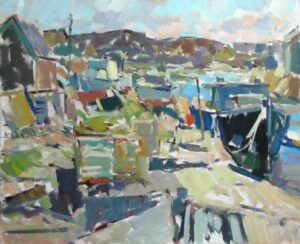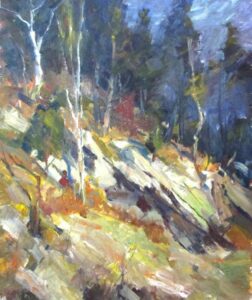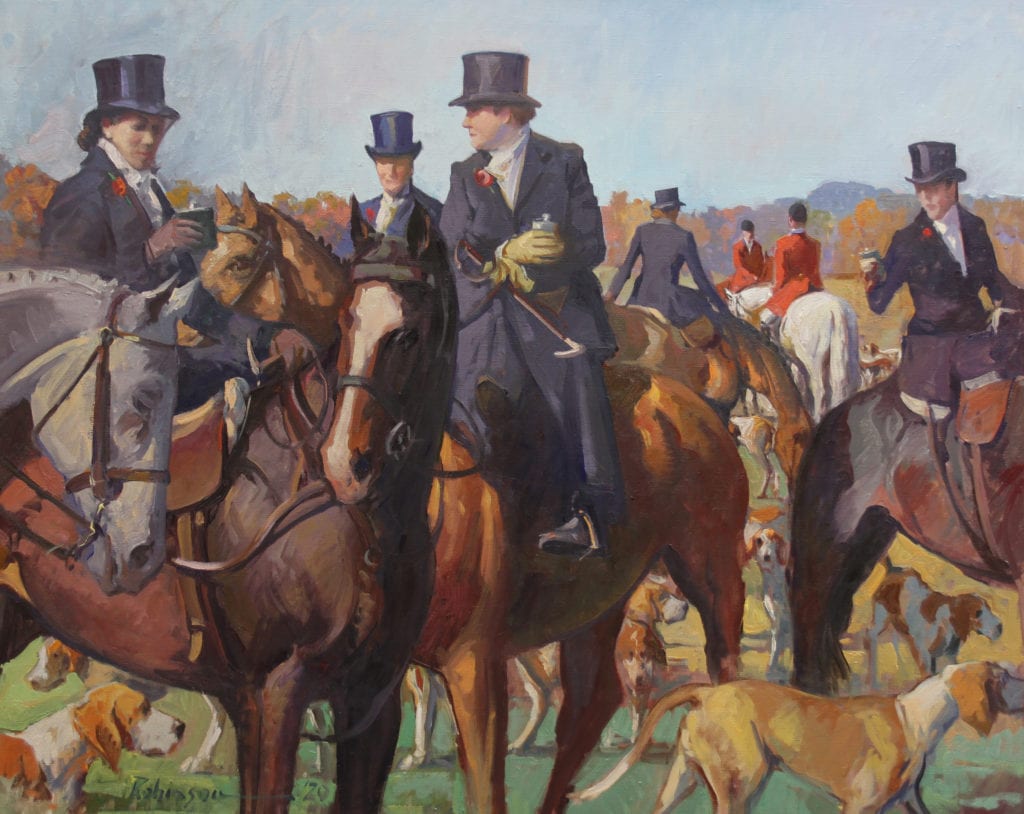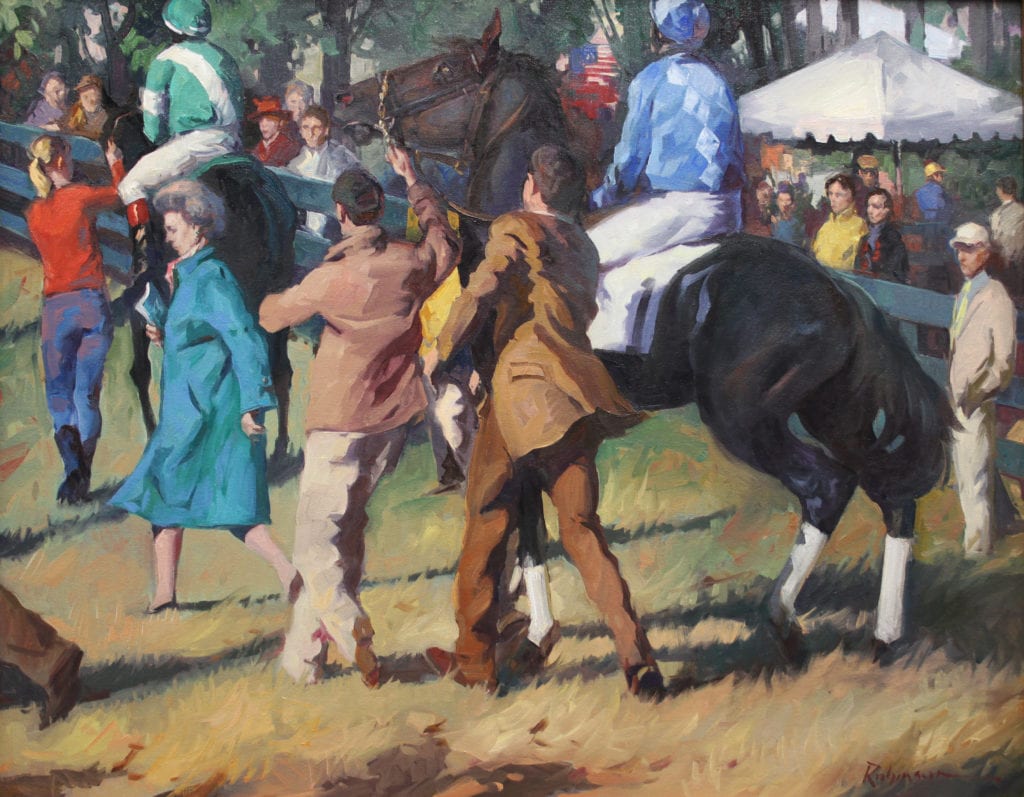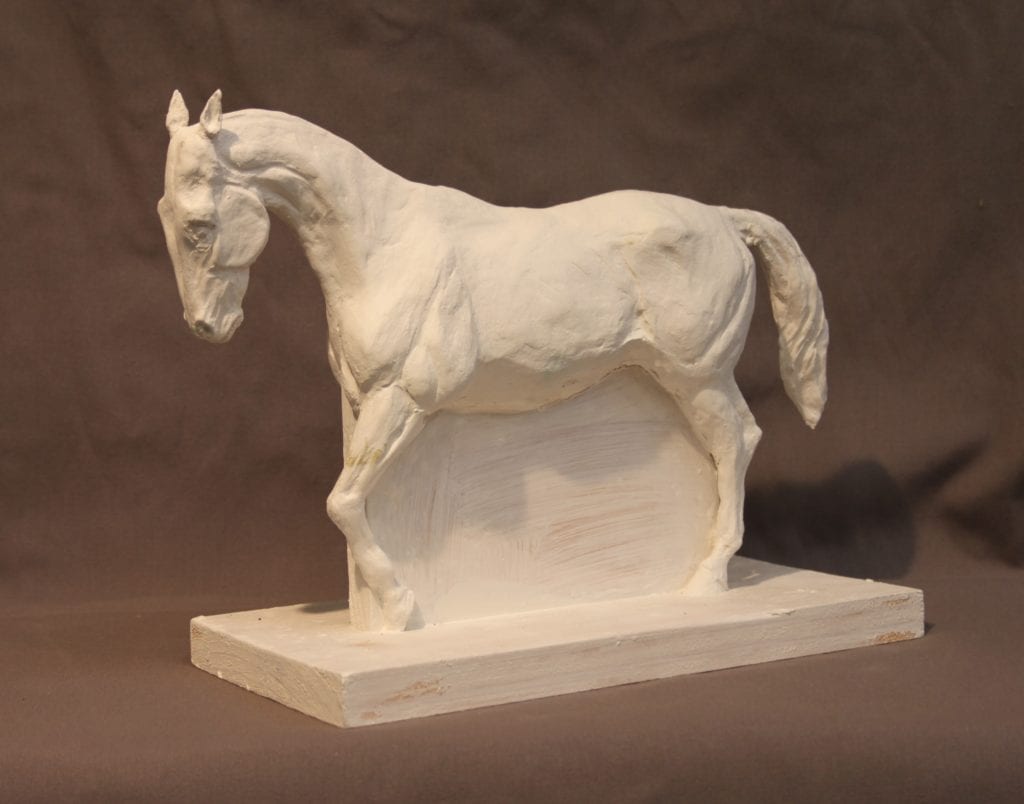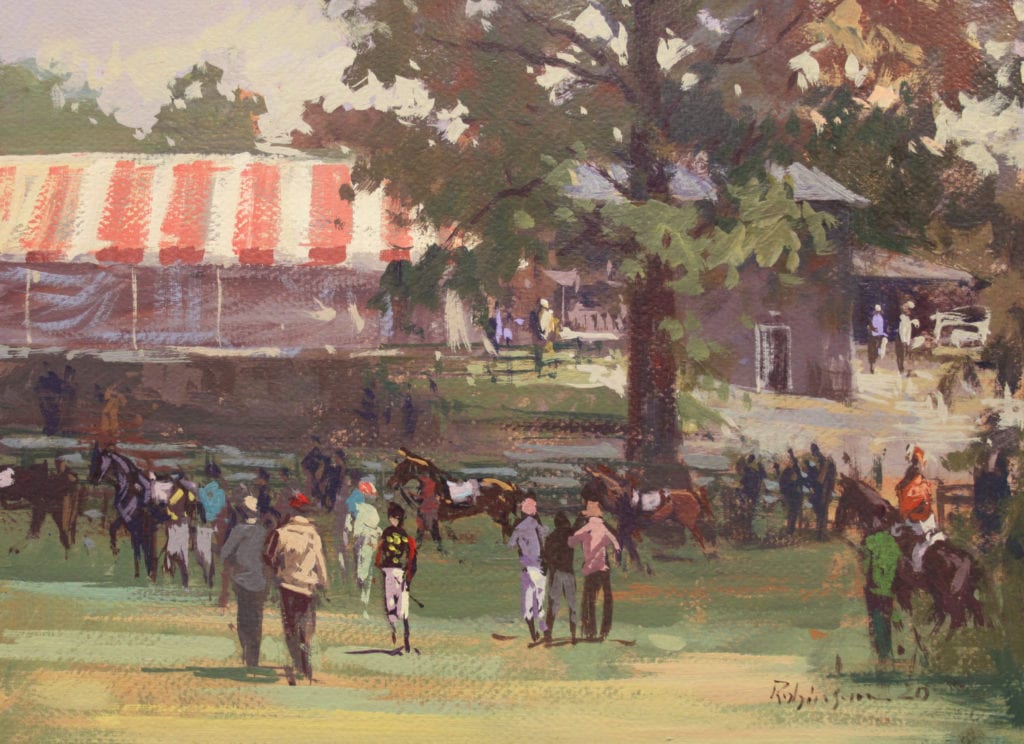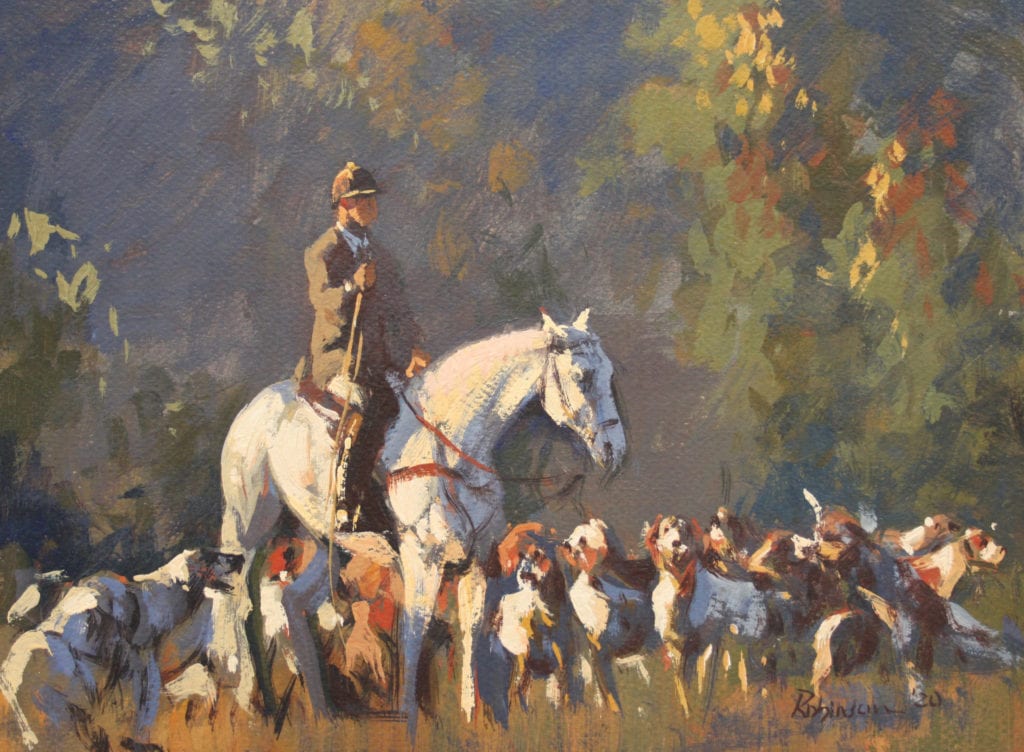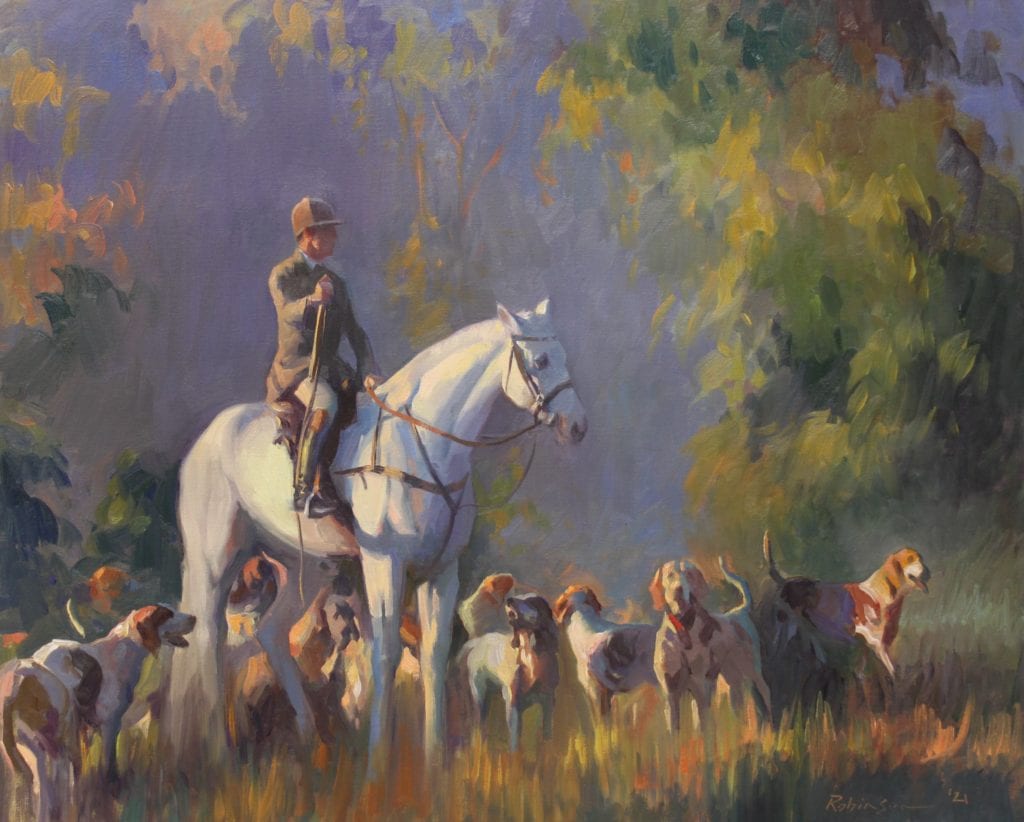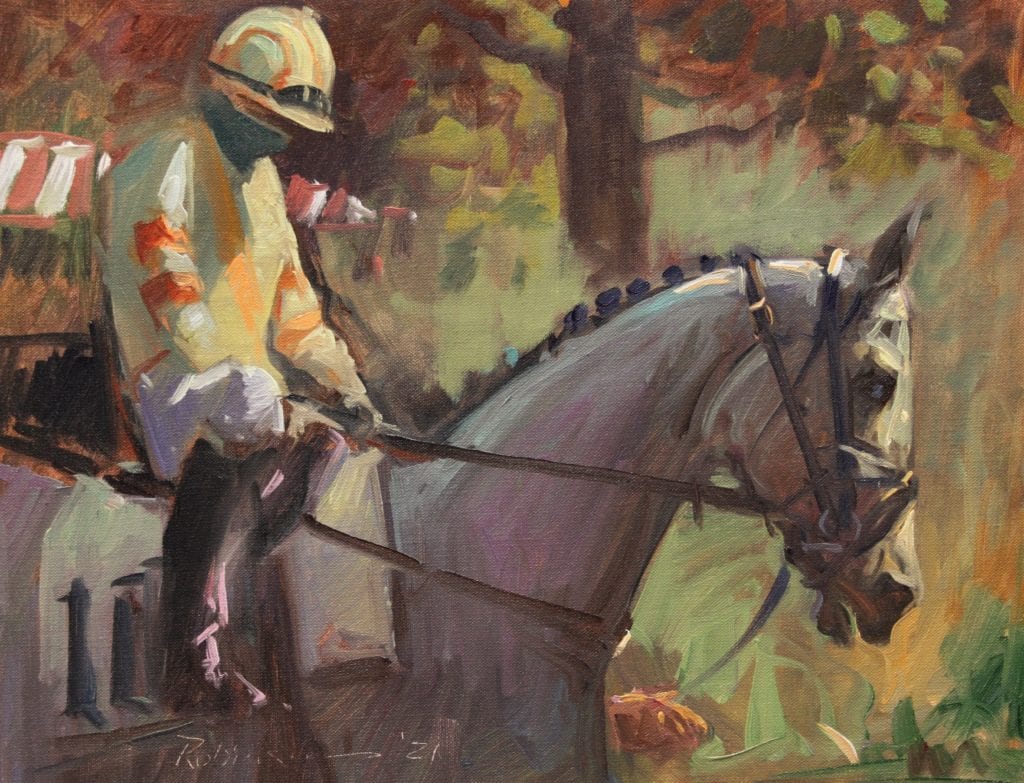We are pleased to share this week’s blog from OPA Master artist Mary Qian. Mary will be giving a live demonstration at the upcoming OPA National Convention in Santa Fe, NM, August 24-29, 2021. Tickets and more information will be available soon through the OPA website.
My first job out of art school was in video game animation. The work entailed using computer graphics to bridge the gap between realism and fantasy. While my day job was animation, my goal was to establish a fine art career, where I could dedicate myself to creating paintings based on working with live models. In following my dream, I moved from fantasy to reality, computer to life.
I am now the professional artist I set out to be, painting from life. However, I often find reality and fantasy intertwined in the world around me. Computerizing and digitizing is done to practically everything. Hi-definition television displays pictures that become so sharp they remove atmospherics, intensify color, and alter the value range so much that they become hyper-realistic visual fantasies. Yet these fantasies are often perceived by the viewer as more “real” than reality.
The computer has entered my realm of painting too. The trend I see towards “photo realism” mixes fantasy and reality. A camera does not record an object or a face in the same way the human eye and brain perceives it. The new cameras and computer programs used to manipulate digital images have resulted in works of art that become idealized fantasies mistaken as reality.
Some artists seem to prefer working from a manipulated digital image to working from life. Other artists rely on digital images only as a last recourse. I believe in working from life as much as possible.
It may be that the buyers’ taste is directing the market, and thereby, dictating the method used by some artists. Art buyers, as much as TV viewers, seem to prefer this new definition of reality: where everything is so clean, crisp or manipulated it is no longer real. These images have become such a part of our lives that they have become the new reality.
Yet when you compare one of these contemporary, hyper-realist works with a Repin or a Rembrandt, which painting feels like it is living, breathing, and caught in thought? Personally, I love and prefer the old master paintings and drawings. It is the psychological connection between artist and subject that I find so compelling. A painting rendered from life reflects more than just the image that is in front of the artist—it includes the artist’s mood and the conversation between the artist and sitter. When an artist paints from a photo, this direct human-to-human connection is lacking.
A photo only captures a fraction of a second in the life of model. In contrast, a painting from life captures the model over a longer period of time. During the process of painting, which can last many hours to many days, different aspects of the sitter are revealed, such as shifts in expression and posture, and changing emotions. Variations in lighting and angles of position also occur. As such, a model’s face will look different in various stages of the painting process and on different days. The artist has an opportunity to capture and combine all of these aspects.
The artist also inevitably mixes his or her own feeling into the painting – what they are going through in their own lives during that period of time. Each stroke will be the evidence of these emotions, yet correct drawing, value and color still have to be in order for the painting to resemble the subject. The subject conceals the artists’ emotions, but also reveals them in this process.
Perhaps it is fair to say that painting from life is to capture the essence of the subject, while painting from a photograph is to create a vision or fantasy of the subject. It can be extremely meaningful to do the latter, but in most cases, I am still more interested in capturing what I perceive as reality.
After criticizing young painters who worked only from photos, Andrew Wyeth said. “I paint fantasy but come through realism to do it. Respecting the object is realism, sitting with it. Realism is a lid for emotion.” Wyeth’s portraits, while carefully edited, tend to appear tight, while Repin’s much looser, and more painterly—but both masterfully show the humanity of the sitter. It is the elusive life within that I seek in my work. That is why I paint.
